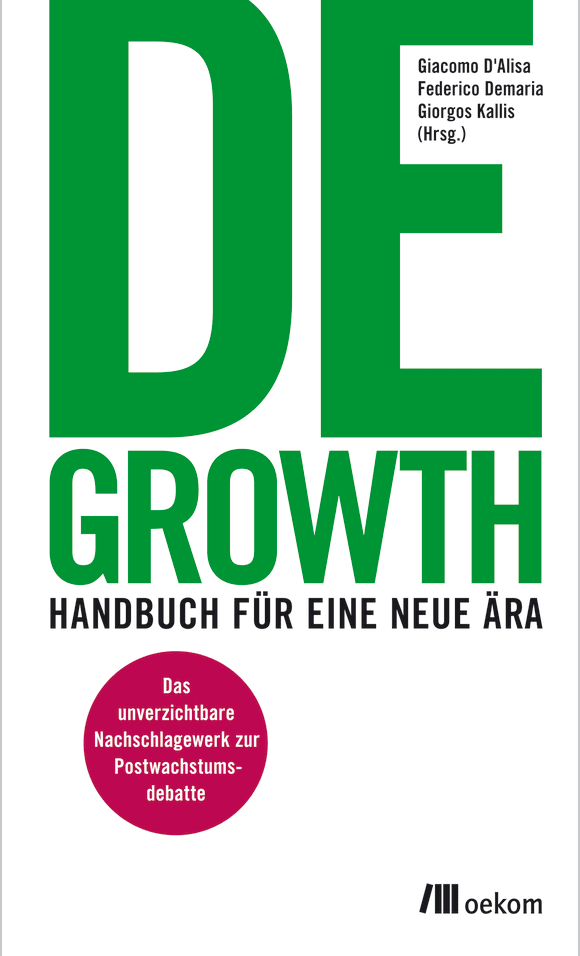Democrats' Inflationary Energy Agenda Killed Climate Bill
Why do environmentalists demand more expensive energy at the expense of climate action?
Democrats are furious with Democratic Senator Joe Manchin of West Virginia for refusing to support climate change legislation. “It seems odd that Manchin would choose as his legacy to be the one man who single-handedly doomed humanity,” said John Podesta, the founder of the Center for American Progress, and point man for the Democrats’ effort to pass climate legislation. “Rage keeps me from tears,” said Senator Edward J. Markey of Massachusetts.
But Democratic leaders have only themselves to blame. They counterproductively sought legislation that would have sharply increased energy prices, and added to the deficit, at a time of skyrocketing inflation, with energy as a major if not main cause. While Democrats pitched their bill as aimed at solving climate change, it was at heart a massive, $300 billion subsidy package for producers and consumers of wind turbines, solar panels, and electric vehicles.
Supporters of the legislation insist it would have reduced deficits and energy prices. They point to the fact that the cost of electricity from solar panel projects and wind turbines declined by 88% and 68%, respectively, between 2010 and 2021, and the price of electric cars declined by 16% annually between 2007 and 2020. In 2020, the International Energy Agency concluded in 2020 that solar power is “cheapest…electricity in history.” And a 2020 Consumer Reports study concluded that the lifetime ownership costs of electric cars were “thousands of dollars lower than all comparable ICE [internal-combustion engine] vehicles’ costs.”
But if solar, wind, and electric vehicles were truly cheaper than fossil fuels and ICE vehicles then Democrats wouldn’t have had to seek $300 billion to subsidize them. Promoters of renewables, including many Democrats, use sleight-of-hand to deceive journalists, advocates, and the public into confusing the actual “system cost” of electricity from electric grids that use a lot of solar and wind with the “levelized cost” of electricity from solar panels and wind turbines when the sun is shining and the wind is blowing.
The high cost of managing unreliable, weather-dependent electricity explains much of why solar panels and wind turbines make electricity so expensive. “Intermittency increases the associated costs of integration into the grid,” noted Goldman Sachs, a longstanding promoter of renewables, in March. “Utility scale battery economics are currently prohibitively expensive to be solely relied upon.” Thus, “Fossil fuels are required as a back-up source to maintain reliable and consistent energy supply.”
As for electric vehicles, analysts are divided. Some conclude that EVs will need subsidies in perpetuity, while others find that electric cars can be more affordable than ICE vehicles without subsidies. But if the latter is the case, then Democrats should not be angry at Manchin for killing that part of the bill. And still others claim that, when carmakers produce a high enough volume of EVs, the price per unit will decline, but that claim is challenged by the fact that lithium prices increased a whopping 438% since last year, even as the amount of lithium used nearly quadrupled over the last decade.
And now, solar panel and wind turbine prices are rising. The price of polysilicon, the key ingredient in most solar panels, is at its highest level since 2011, according to BloombergNEF. Meanwhile, wind turbine costs are at their highest since 2015, with wind turbine producers General Electric, Siemens, and Vestas failing to profit due to high raw material costs and declining subsidies since the mid-2010s. GE Renewable Energy has had $2.3 billion in operating losses since 2019. Last year, Vestas raised prices by more than 20% and GE raised prices by double-digits.
As such, Manchin was correct to cite inflation concerns as the reason for opposing the legislation. In early July, Manchin said his top concern was energy inflation. “How do we bring down the price of gasoline?” he said. “From the energy thing, but you can’t do it unless you produce more.” Last week, after data showed inflation hit 9% last month, the highest in a year, Manchin said, “No matter what spending aspirations some in Congress may have, it is clear to anyone who visits a grocery store or a gas station that we cannot add any more fuel to this inflation fire.”
This isn’t the first time that demands for inflationary policies have doomed climate legislation in the U.S. In 2010, climate legislation died in the U.S. Senate because Senator Sherrod Brown (D-OH) and others feared that higher energy prices would harm Ohio’s manufacturing industries. Democrats apparently learned little from that experience and thus sought legislation that would increase energy prices. Why is that?







